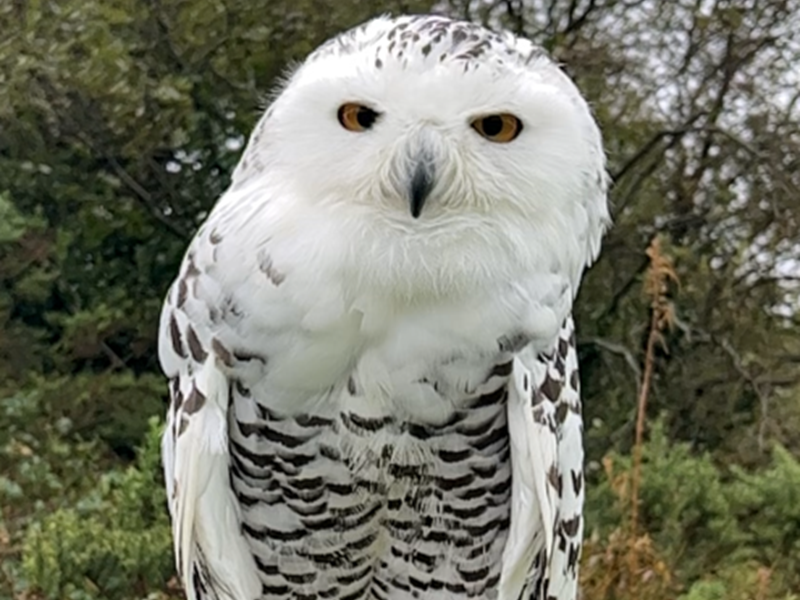“No one will protect what they don't care about; and no one will care about what they have never experienced.” — Sir David Attenborough

Snowy Owl
Margaret and Tuxford
Margaret
Margaret got her name when she was an owlet, as she looked like our Great Aunt Margaret with a blue rinse! Born in 2017, she is a bit of a diva and definitely only does what she wants to do! She can often be found sitting on the floor, as she's a ground-nesting species — so make sure you look closely, she is there!
Tuxford
Tuxford's full name is 'James Tuxford Bond'. He got his name from his ring number "007", and his middle name comes from the area of Nottinghamshire where he hatched in 2024. Affectionately known as Tux, he will be pure white, showing that he is a male Snowy Owl (the females are speckled).









